SLC21/WK3: Introduction to Basic Electrical Motors, Switchgear, and Motor Starters.
Steemian Friends,
Today, we created a lesson on Introduction to Basic Electrical Motors, Switchgear, and Motor Starters for students in Steemit Learning Challenges Week 03. We have learned about Electrical Tools and Electrical Elements in the past weeks. From now on, we will learn about the important topics of electrical. Hopefully, our students will learn some good electrical stuff in this week's lesson.
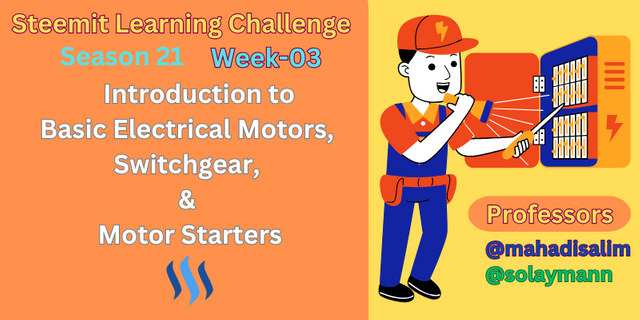
Design By Canva
We call the rate of flow of electrons through a conductor as electricity. We call the unit of measurement of electricity as ampere. Briefly, we denote by A. We will use an Ammeter or Multimeter to measure electricity. I will measure the current by keeping the selector of the multimeter in the ampere range. We showed the rules for measuring electricity in the lesson in week 01. If necessary, we will go to the link for week 01 to learn the method of measuring electricity again.
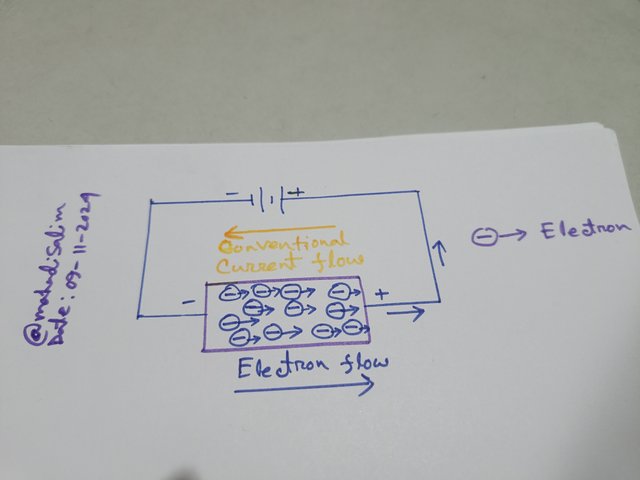
In the figure, the direction of electron flow is shown. We will know the direction of electron flow from the source from the figure. The symbol of the electron is a negative sign (-). The more electrons flow, the more the current increases.
Voltage is a form of electrical pressure. Voltage is the pressure applied to move electrons from one place to another in our conductor. Displacing the electrons in the conductor is the voltage. We will measure the voltage with a voltmeter or multimeter. Volt is the unit used to measure voltage. Voltage is expressed by V. We showed the voltage measuring method in the lesson on week 01. Hopefully, our students can measure the voltage.
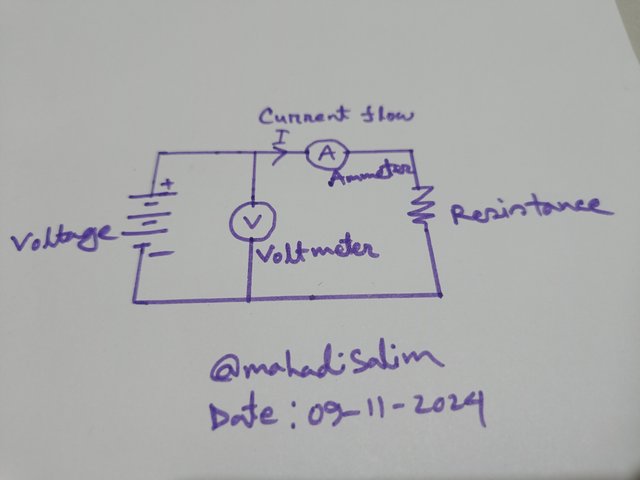
Electricity is of two types based on usage.
- AC electricity
- DC electricity
AC electricity is called alternating electricity. A current that changes direction with time is called AC. AC has one positive half cycle and reverses direction once a negative half cycle. We call a cycle with one positive half-cycle and one negative half-cycle. One cycle is equal to one hertz.
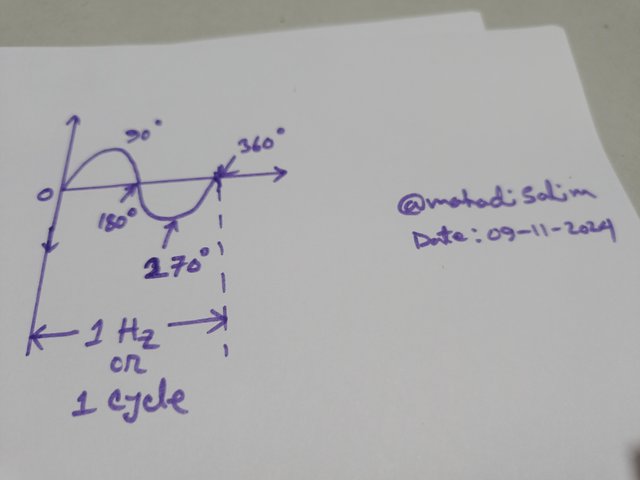
- 1 cycle = 1 Hz
We learned how to measure AC in the lesson on week 01. I will measure by keeping the selector switch of the multimeter in the AC ampere range.
We call DC electricity direct electricity. The figure shows the DC. DC electricity does not have positive and negative half cycles because this electricity flows directly. DC does not change direction. The use of DC electricity in the world is very low.
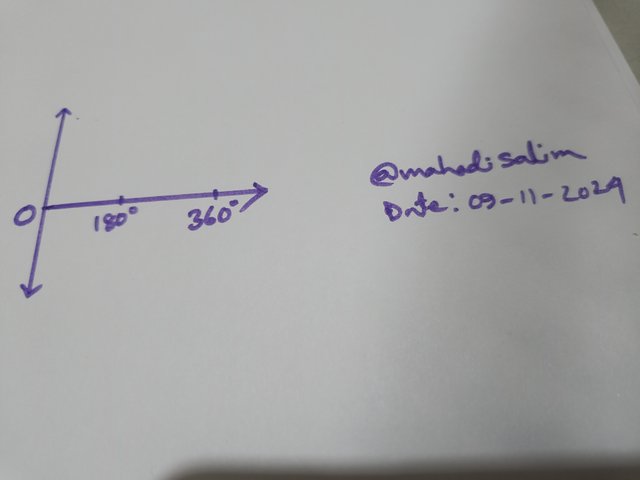
Electrical switchgear is the device used to control, turn on and off, and protect the electrical device or circuit from accidents. Some electrical switchgear is used in our homes. Below, we have mentioned the names and functions of some of the commonly used switchgear.
There are two types of switchgear:
- LT switchgear
- HT switchgear
Today, we will learn about LT switchgear. LT switchgear is used in our house. HT switchgear is used in electrical substations.
- Switch
- Relay
- Circuit Breaker
- Fuse
Switch:
Switch switchgear is used to turn on and off and control our house's lights, fans, refrigerators, and other electrical devices. We use different types of switches at home. The switch is used based on the electrical load. Generally (5-50)A switches are more available in the market.
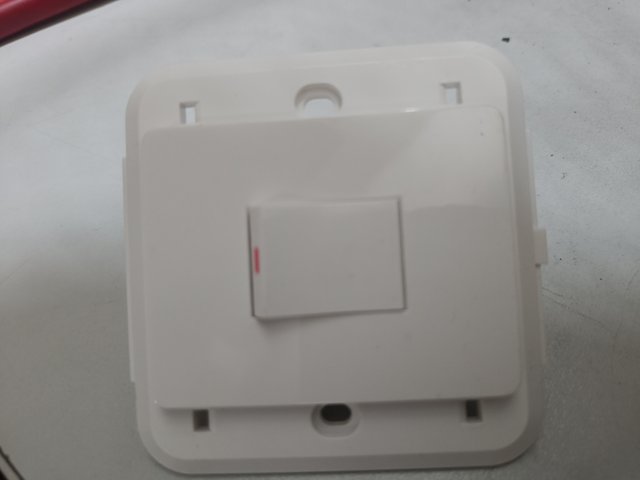
Relays:
We use different types of relays. In case of overcurrent or various electrical faults, relay switchgear prevents accidents by disconnecting electrical connections. However, relay switchgear is more widely used in the industrial than in the domestic sector. Below, I have given a picture of a relay.
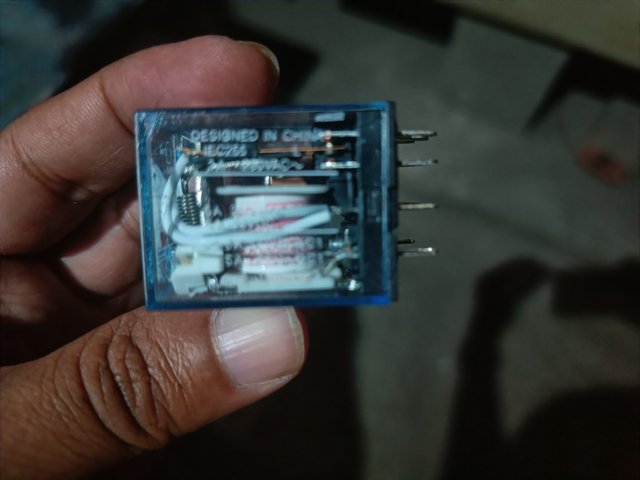
Fuse:
Fuse is a widely used electrical switchgear at home. The function of a fuse is to prevent electrical accidents by disconnecting the power supply in case of overcurrent and electrical problems. But nowadays, the use of fuse has decreased. Fuses are most commonly used in electronic circuits. I have attached pictures of the two fuses below. A unit of electricity is a unit of fuse.
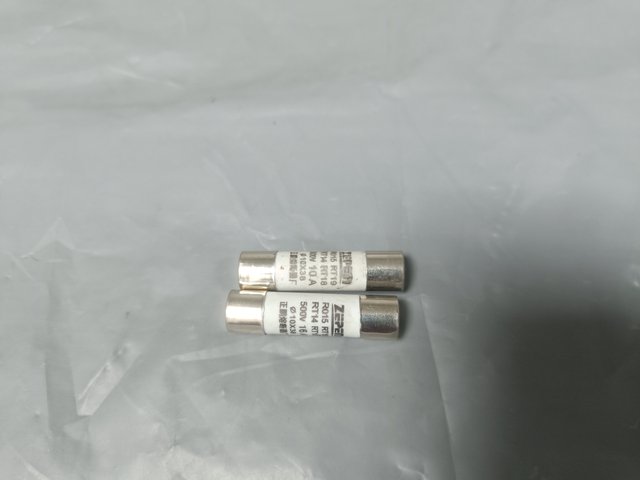
Miniature Circuit Breaker(MCB):
The circuit breaker is the most used electrical switchgear. Different types of circuit breakers are used depending on the household load. Today, we will teach you about three types of circuit breakers.
- Single pole circuit breaker
- Double pole circuit breaker
- Triple pole circuit breaker
Single Pole Circuit Breaker:
A single-pole circuit breaker makes electrical connections with a single line. For example, a single pole circuit breaker operates a light or fan in a home. The electrical unit ampere is the unit of circuit breaker. (6-32) Single-pole circuit breakers are available.
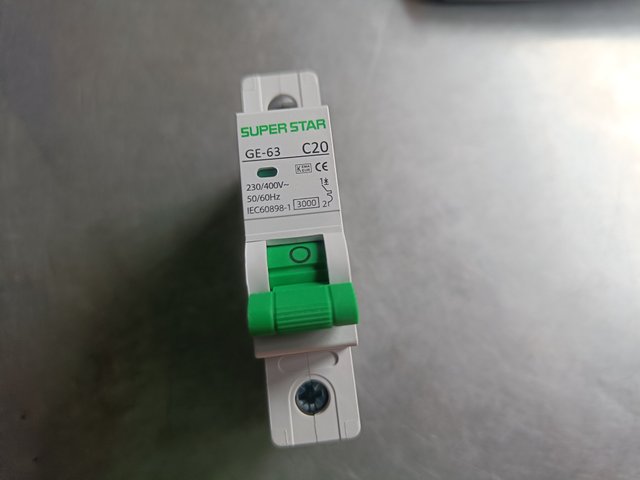
Double Pole Circuit Breaker:
A double-pole circuit breaker connects two wires. We use double-pole circuit breakers to protect our homes' lights, fans, and other electrical devices. Different ranges of double-pole circuit breakers are used depending on the household load. Double pole circuit breakers of A are available in the market (6-63).
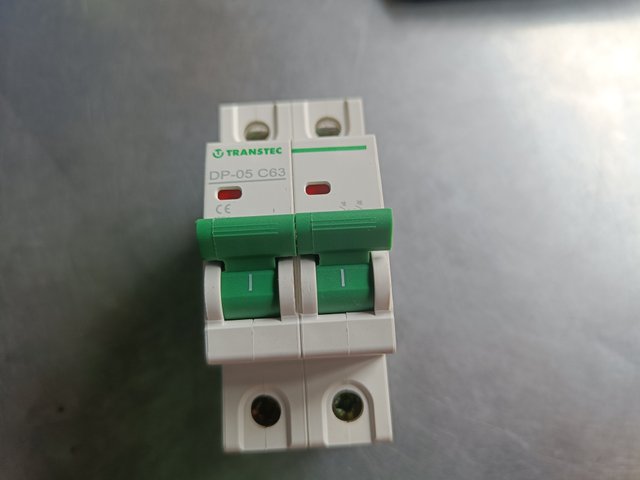
Triple Pole Circuit Breaker:
A triple-pole circuit breaker is used to connect three phases. A triple-pull circuit breaker is rarely used in our home. However, triple-pole circuit breakers are most widely used in the industrial sector. We usually find triple pull circuit breakers of (6-63)A in the market as LT switchgear.
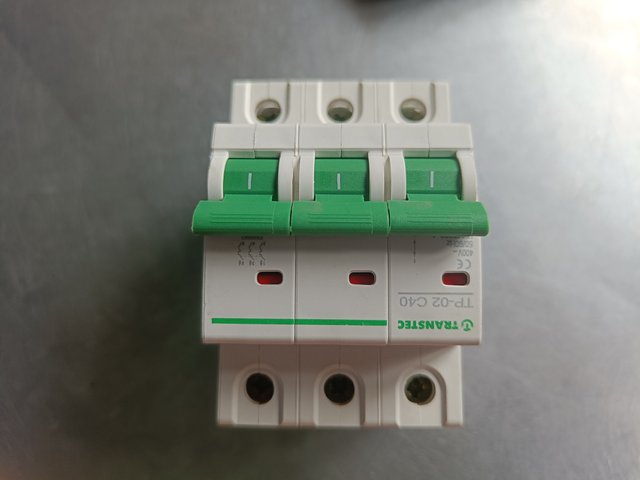
Electrical Motors:
Motors are electrical elements that produce mechanical energy at the output after providing electrical energy at the input. We see the use of different types of motors. Today, we will tell students about the basic two types of motors.
- AC motor
- DC motor
AC motor:
The motor operated by AC electricity is called AC motor. AC motor costs less than DC motor. AC motor is easy to operate. AC motors are easily available in the market due to their low cost. Most AC motors are used in our homes.
There are three types of motors based on electrical connection.
- Single-phase motor
- Three-phase motor
DC Motor:
Motors that are operated with DC electricity are called DC motors. DC motors cost more than AC motors. DC motors are less used in our homes. Inverters are required to drive DC motors, so the cost is high.
We see different types of motors in homes. Each motor has a nameplate. The details of the motor are written. We will discuss the two motors in detail today. We will learn how to identify the motor by looking at its nameplate. Below is the introduction of a motor.
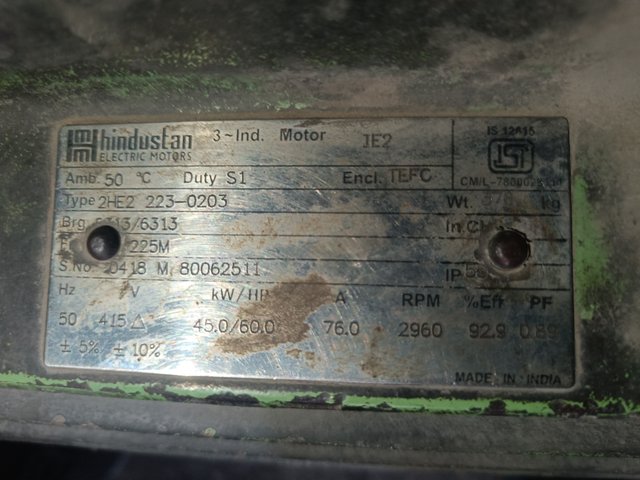
Motor Specifications:
- KW= 45 KW
- HP = 60 HP
- RPM = 2960 RPM
- Ampere = 76 A
- Voltage = 415 Volt
- Hz = 50 Hz
- PF = 0.89
We use the motor to lift water in our house or office. We, as electricians, need to know how to draw the current of a motor. So, I have shown below a method to find out the current of a 2 HP motor. We can calculate the current of any motor with this formula. Hopefully, our students can figure out the current of any motor.
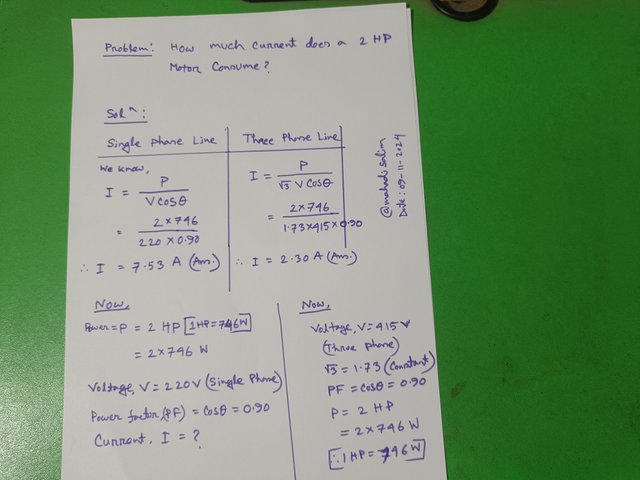
All the processes performed to start the motor are called motor starter systems. Motors range from small to very large ratings. So the current of the motor is much higher. So, three motor starter methods are based on the motor's rating.
- DOL (Direct On Line)
- Star-Delta Connection
- Forward - Reverse Connection
DOL:
Direct on line method is generally used for starting motors below 5HP. Because below 5HP rating, the motor draws less current when starting. Direct on line method costs less. The motor can be started quickly by direct on line method. However, the direct on-line method cannot be used for motors that draw a lot of current. If the big motors are started by direct on line method, there is a possibility of motor blowing, so we will start the motors below 5HP rating by direct on line method. A direct on line method of power connection is shown below.
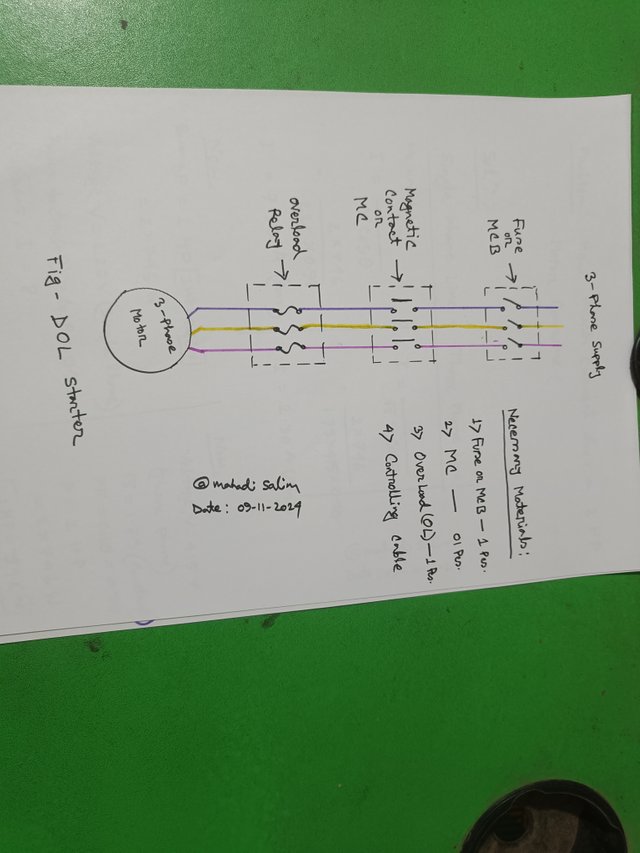
Star Delta Connection:
A star delta connection is made to start motors that are rating more than 5HP. A star-delta connection reduces the risk of a motor blowout. First, the motor will be started in star, then after some time, due to the motor running through a delta connection, the excess current does not put pressure on the motor. However, the Star Delta connection costs more. A DOL connection requires one magnetic contact, but a star-delta connection requires three. A star delta connection power circuit diagram is shown below.
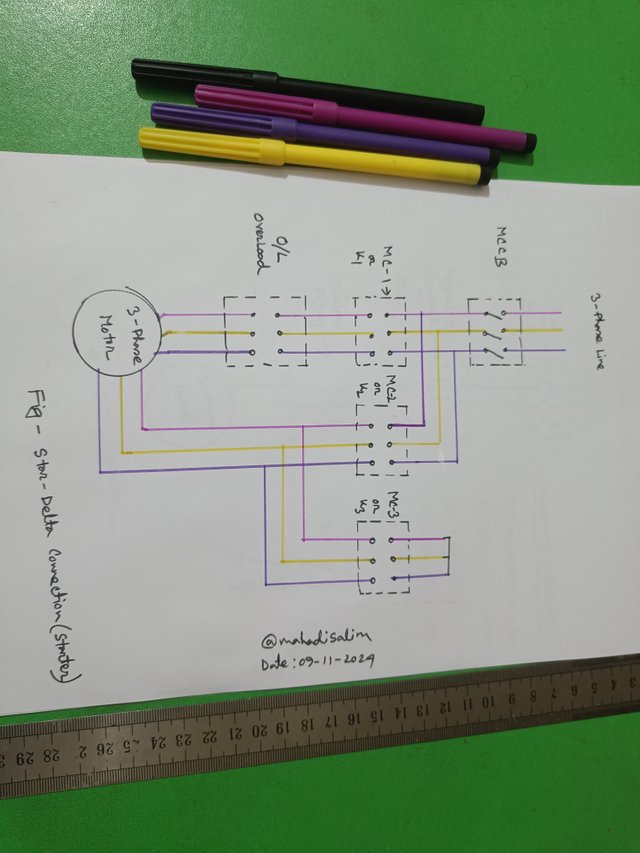
On one side, we make a star-delta connection to prevent excess current during motor rotation and motor start. A timer is additionally used for star delta connection. A timer is used for the motor running in delta connection after a certain period after starting the motor in star. Below, I have shown a picture of a practical star delta connection.
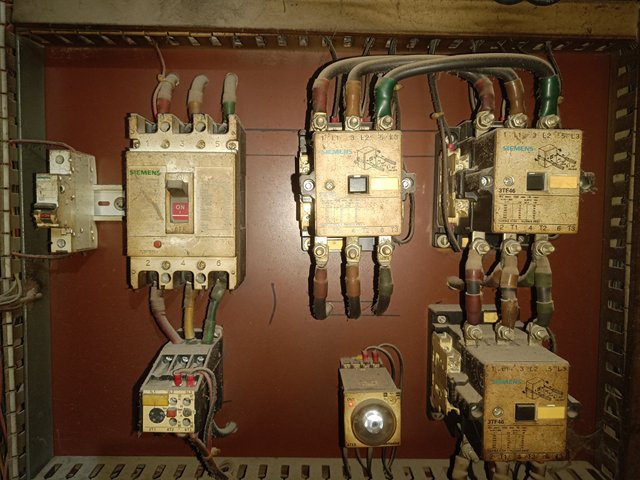
Pictured is a star delta starter
Forward reverse starter:
We see different places to take the goods forward and backwards by electrical method. A forward reverse starter is used to turn a motor in both directions. When we work as electricians, we will use starters based on the motor's work and rating. A forward reverse starter will be used where moving in both directions is required. A forward reverse starter uses two magnetic contacts. A forward reverse connection costs more than the direct on line method.
Note: Teaching our students about motors requires many lessons. Motorwork is more electrical. If we write, a book will be written about motors. So, I made the lesson for the students in short form. Hopefully, our students will benefit. Comment and read the whole lesson if you have trouble understanding any point.
A.
- Write two differences between current and voltage.
- Write two differences between AC electricity and DC electricity.
- Write the difference between an AC motor and a DC motor.
- Write two main differences between DOL, Star-Delta and forward reverse starter.
B. Write the names and pictures of the electrical switchgear used in your home.
C.
- Make the specifications of the motor shown below.
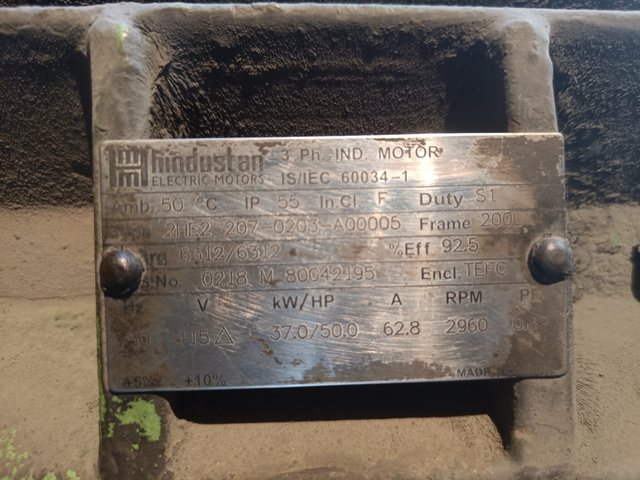
KW= ?
HP = ?
RPM = ?
Ampere = ?
Voltage = ?
Hz = ?
PF = ?
Find out the current of your home's 220 volts, 5 HP motor. (Follow Figure 2.3)
D. Draw the power circuit of the star delta starter and name the devices used. (Follow Figure 2.5)
Marks Distribution:
| Sl. No | Marks |
|---|---|
| A | 2 Marks |
| B | 2 Marks |
| C | 3 Marks |
| D | 3 Marks |
- Your title should be "SLC21/WK3: Introduction to Basic Electrical Motors, Switchgear, and Motor Starters"
- The content must be #steemexclusive.
- The article must contain the tag #electricity-s21w3.
- Plagiarism is not allowed.
- The link of your task must be added in the comments of this publication.
- Use the burnsteem25 tag only if you have set the 25% payout to @null.
- You can publish homework in any community and in any language. But don't forget to use the original tag.
- Invite three of your active Steemian friends.
- The participation schedule is between Monday, November 11, 2024, at 00:00 UTC to Sunday, - November 17, 2024, at 23:59 UTC.
SC01/SC02 would check on the entire 17 participating Teaching Teams and Challengers and upvote outstanding content. Upvotes are not guaranteed for all articles.
At the end of the week, we would nominate the top 4 users who had performed well in the contest and would be eligible for votes from SC01/SC02.

Best Regards,
Basic Electricity Teaching Team
@mahadisalim
@solaymann



Here is my entry:
https://steemit.com/hive-170554/@ahsansharif/slc21-wk3-introduction-to-basic-electrical-motors-switchgear-and-motor-starters
This is my Twitter share link :
https://twitter.com/mahadih83660186/status/1855483146781003930?t=S711EbXvoPkUCGgheKq8Rg&s=19
Now, that's the REAL deal!
Interesante y muy completo el contenido de esta semana, útil para diferenciar los motores de corriente alterna y corriente continua, así como también identificar parámetros de funcionamiento de los mismos y los componentes utilizados en el arranque directo DOL y star delta de los motores trífasicos, trataré de participar esta semana porque la s21w2 estuve haciendo mi publicación pero por razones ajenas a mi voluntad no la pude terminar a tiempo.
Saludos.
Thank you for sharing such a nice electrical learning part post with us. I have read your post more than four to five times. And I learnt a lot from here. I hope I can do my home work according to your rules and attend the contest very soon.
My entry link : https://steemit.com/hive-170554/@nurnobi10/slc21-wk3-introduction-to-basic-electrical-motors-switchgear-and-motor-starters
https://steemit.com/hive-170554/@imranhassan/slc21-wk3-introduction-to-basic-electrical-motors-switchgear-and-motor-starters
You've got a free upvote from witness fuli.
Peace & Love!
Saludos cordiales, por acá dejo mi entrada al concurso.
https://steemit.com/hive-193637/@saulvargasman/slc21-wk3-introduction-to-basic-electrical-motors-switchgear-and-motor-starters
My link.
https://steemit.com/electricity-s21w3/@josepha/slc21-wk3-introduction-to-basic-electrical-motors-switchgear-and-motor-starters